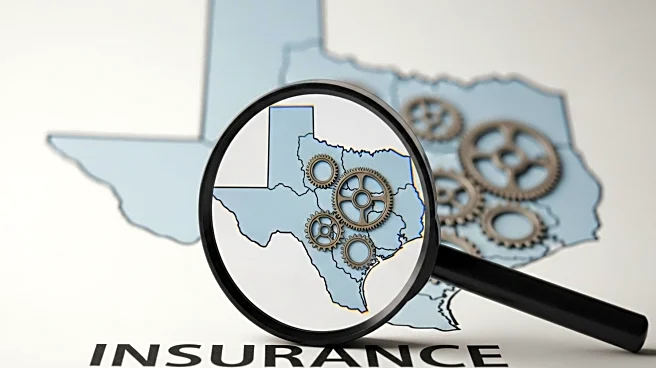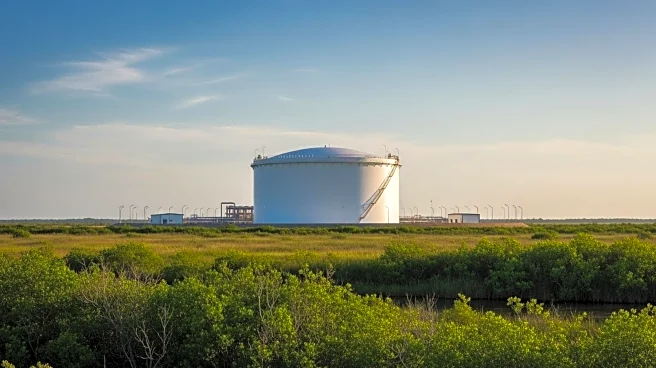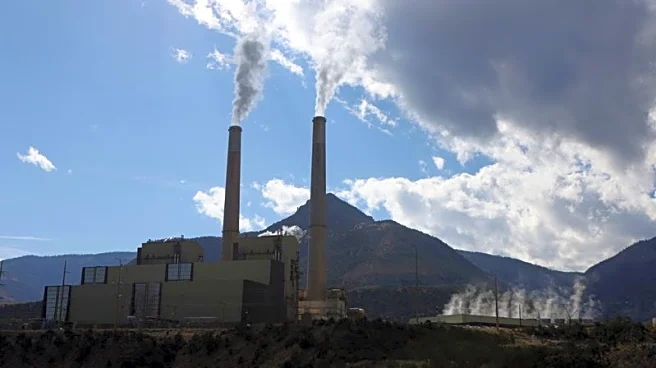What's Happening?
Argent LNG has officially entered the Federal Energy Regulatory Commission (FERC) pre-filing process for its liquefied natural gas (LNG) export terminal at Port Fourchon, Louisiana. This marks a significant regulatory milestone for the development of the 25 million tonnes per annum (MMtpa) facility. The pre-filing process facilitates early coordination with FERC, federal agencies, state and local regulators, and community stakeholders, allowing for formal environmental review and permitting. Argent LNG aims to become a leading global LNG supplier, leveraging modular innovation and proven technology to deliver cleaner energy. The project is expected to enhance U.S. energy security and create economic opportunities for Louisiana.
Why It's Important?
The entry into the FERC pre-filing process is crucial for Argent LNG as it positions the company at the forefront of U.S. LNG development. The project promises to strengthen America's energy security by providing reliable and cost-effective energy to international markets. It also represents a significant economic opportunity for Louisiana, potentially transforming Port Fourchon into a global hub for LNG exports. The development is expected to create jobs and stimulate economic growth in the region. Additionally, the project aligns with global efforts to meet increasing demand for cleaner energy sources, contributing to sustainability goals.
What's Next?
As Argent LNG progresses through the pre-filing process, the company will engage with stakeholders to ensure responsible development. The next steps include advancing engineering and permitting, conducting environmental reviews, and preparing for construction. The collaboration with technology providers like Baker Hughes and Honeywell UOP will be crucial in implementing modular construction approaches that reduce costs and environmental impact. Stakeholders, including local communities and regulatory bodies, will likely monitor the project's progress closely, ensuring compliance with environmental and safety standards.














